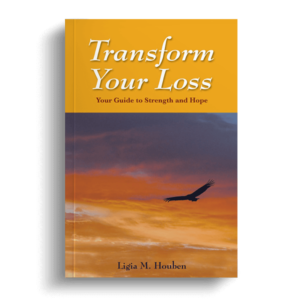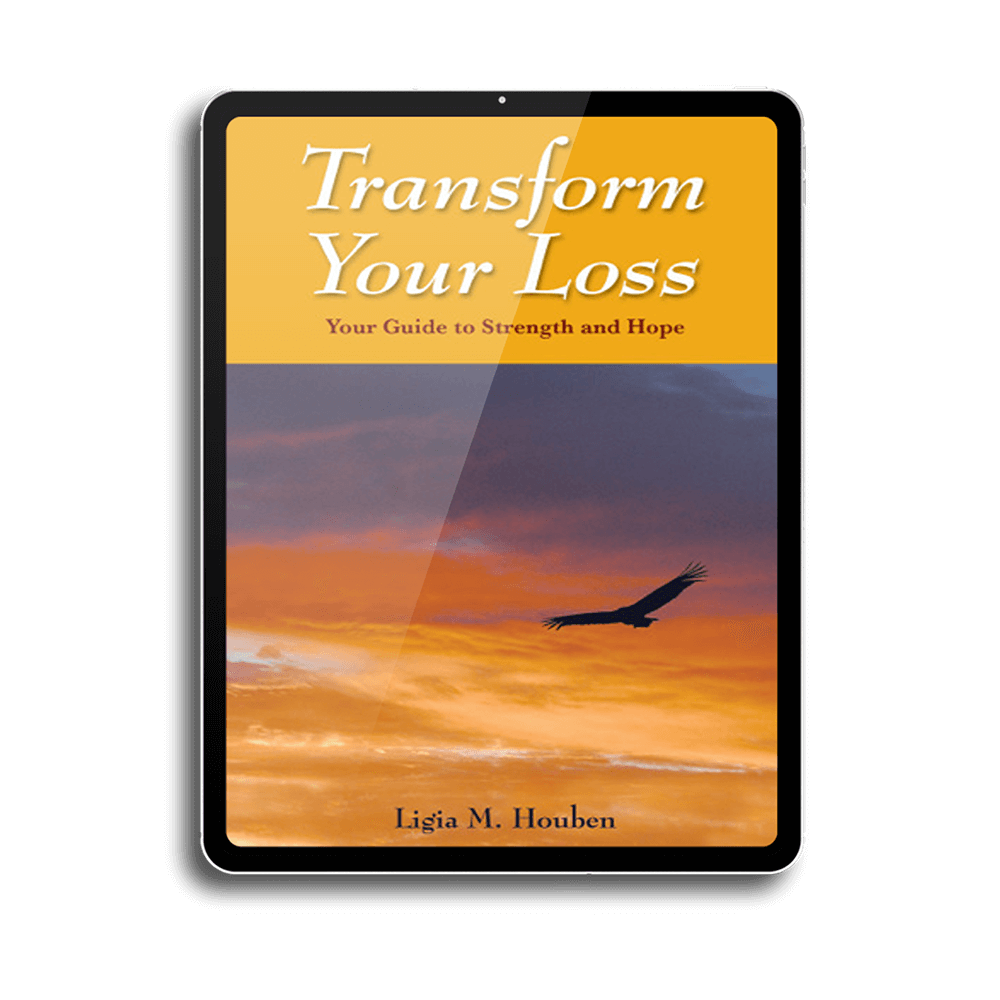Content
This includes the attributable harm/hazards ratings of different drugs (“scheduling”), criminal penalties for illegal sale, distribution, and use, as well as prevention, harm reduction, treatment and recovery. Reoccurring dreams that occur during the recovery process from substance use disorder that concern depictions of substance use, often vivid in nature, and frequently involving a relapse scenario. These dreams decrease in frequency with time in recovery from substance use disorder. Drug can mean either a “medication” or a “non-medically used psychoactive substance.” The term drug has a stigma alert due to the ambiguity of the term. This ambiguity may create a barrier to accessing prescription medications in cases where their use IS medically appropriate.
Even when someone has reached maintenance, it doesn’t mean they’re cured of addiction. Like diabetes or heart disease, it’s a chronic condition that requires major lifestyle changes to keep under control. As such, it’s crucial that people in addiction recovery make continuous active efforts to maintain sobriety. Complacency or a sense that the work is done once you reach maintenance is often a one-way ticket to recovery relapse. Millions of readers rely on HelpGuide.org for free, evidence-based resources to understand and navigate mental health challenges. Please donate today to help us save, support, and change lives.
Stages of Alcohol and Drug Rehab Recovery
Compulsive behavior is often enacted to avoid or reduce the unpleasant experience of negative emotion or physical symptoms (e.g., anxiety, withdrawal from a substance). The occurrence of two disorders or illnesses in the same person, also referred to as co-occurring conditions or sometimes dual diagnosis. A prevalent type of talk therapy that involves working with a professional to increase awareness of inaccurate or negative thinking and behavior and to learn to implement new coping strategies. A conceptual understanding of addiction that focuses on the genetic or other biological pre-determinants or risks for developing and/or maintaining a substance use disorder. A type of medication and class of compounds that are central nervous system depressants causing sedation and sleep. These medications have been replaced largely by benzodiazepines because they are less toxic and benzodiazepines have lower potential for overdose risk.
- As SAMHSA recognizes National Recovery Month, we acknowledge just a few of our grantee organizations’ stories – they remind us that while each recovery story is unique, overcoming substance abuse disorder is possible and there is hope.
- While there is a manual that lays the initial groundwork for a new Oxford House to aid in quality control, decisions around consequences for individuals who break rules are up to the other house members.
- We provide many options for Veterans seeking treatment for substance use problems ranging from unhealthy alcohol use to life-threatening addiction.
- This can lead to feelings of shame and make them less comfortable reaching out for support.
Content is reviewed before publication and upon substantial updates. It won’t just be a case of halting the destructive behavior; change will be apparent in multiple https://ecosoberhouse.com/ aspects of their lifestyle. Self-care and self-understanding are both present in this treatment stage, but counseling is required to keep them on the right path.
What are the principles of effective treatment?
Read our editorial process to learn more about how we fact-check and keep our content accurate, reliable, and trustworthy. Finddrug and alcohol services in your State/Territory(Department of Health & Aging). Whatever treatment drug addiction recovery approach you choose, having positive influences and a solid support system is essential. The more people you can turn to for encouragement, guidance, and a listening ear, the better your chances for recovery.



